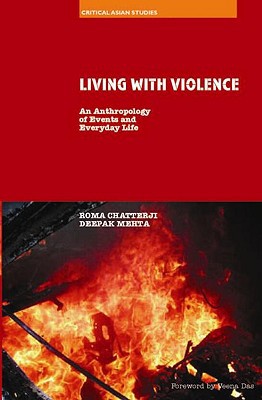
Living with Violence; An Anthropology of Events and Everyday Life PDF
2007·26.3597 MB·other
Most books are stored in the elastic cloud where traffic is expensive. For this reason, we have a limit on daily download.
Preview Living with Violence; An Anthropology of Events and Everyday Life
Description:
Violence between Hindus and Muslims has most often been framed within the term ‘communal riot’. While scholarly writings engage with the protocols by which the riot is materialized, they seldom discuss the modalities in which violence is represented. This book — a detailed account of the riots that took place in Mumbai (then Bombay) in 1992-93 — engages with the riot and its aftermath. Speaking to and interacting with the residents of Dharavi, the largest shanty town in the city, the authors have collected a wide range of narrative accounts of the violence and the procedures of rehabilitation that followed it. Juxtaposing these with public documents, the authors begin with an exploration of how violence is posed in language, and then chart the event in the everyday world of work, housing and the emergence of new public spaces. Another theme is the way in which the event of violence and the work of rehabilitation is framed within practices of governmentality. A third theme that intersects with the first two shows how everyday life is fashioned in the face of rehabilitation and violence. In this, the focus is on specific NGOs to see how they contest certain state practices while cooperating with others. The book will be of interest to those in anthropology, sociology, politics and history, apart from the general reader.
See more
The list of books you might like
Most books are stored in the elastic cloud where traffic is expensive. For this reason, we have a limit on daily download.
